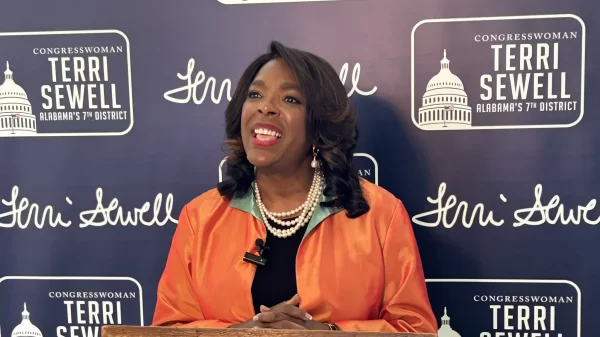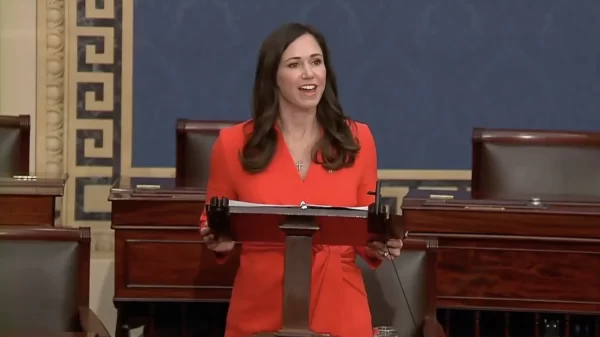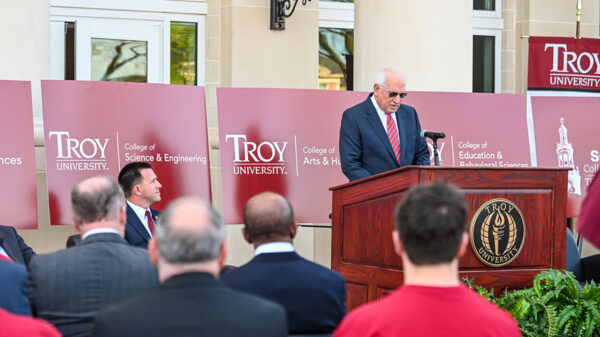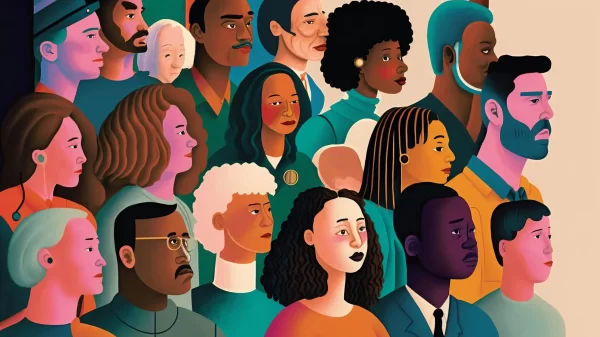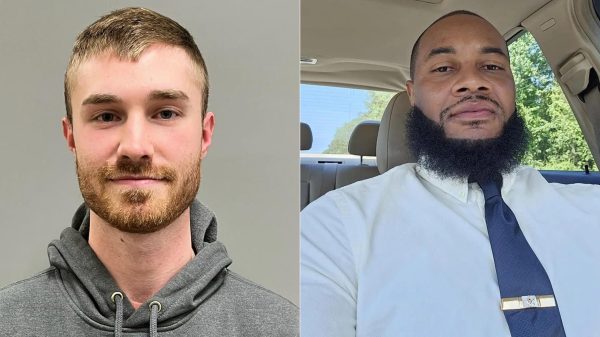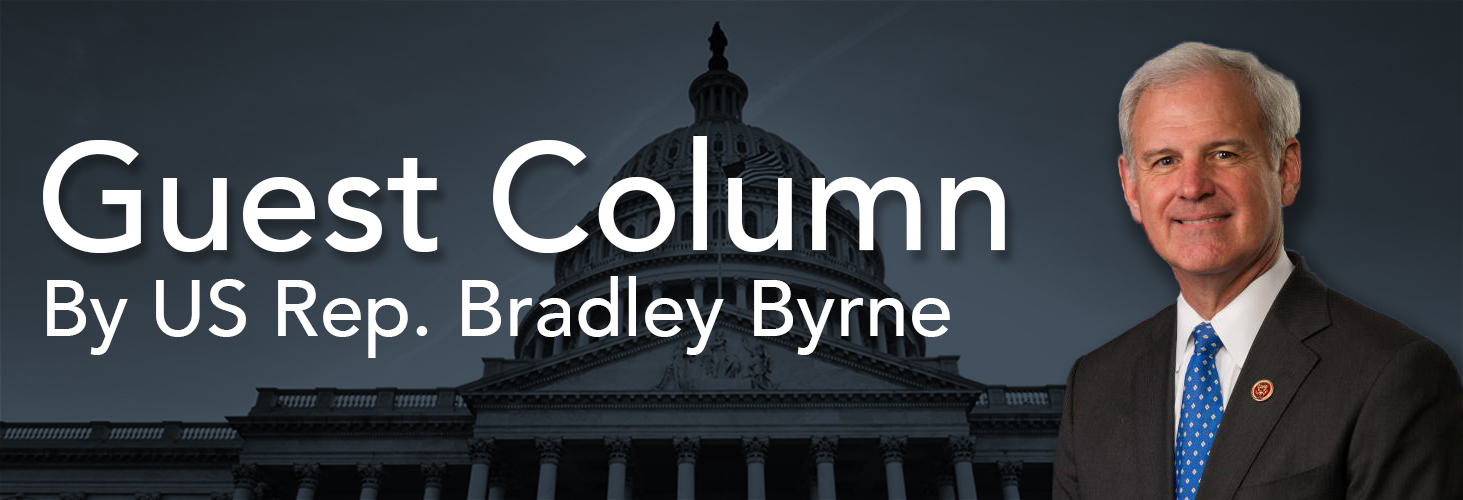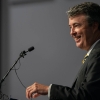By U.S. Representative Bradley Byrne (A-1)
You may have seen some good news recently. The September jobs report for the United States showed the unemployment rate dropping to 5.9% with 248,000 new jobs being added. That’s the lowest unemployment rate in a year.
The problem is, if you look closer at the numbers, you will find that our economic recovery is still falling flat. The topline numbers don’t tell the whole story. Consider this: 9.1 million Americans are still looking for work. Clearly, the current economic policies aren’t working.
The labor force participation rate, which is the total number of working-age Americans who are employed plus those actively looking for work, is around 62 percent. That is the lowest rate in 37 years. To put that in perspective, 37 years ago gas was 65 cents a gallon and Saturday Night Fever was at the top of the box office.
Almost as many Americans have either left the workforce, or never entered, in this recovery than have found a job. The problem is people are simply giving up on trying to find work, which in turn has only fueled the dangerous culture of government dependency. Too many Americans are adding their name to the welfare roll instead of finding work.
The bad news doesn’t stop there. 7.1 million Americans have had to settle for part-time jobs even though they would prefer full-time employment. In 1968, 13.5 percent of the workforce was in part-time jobs. Today, that number is up to 18.7 percent. While that may not seem much higher, the Federal Reserve called the number of part-time workers “unusually high.”
With new hires, one would expect wages to grow, but that isn’t happening. This year, wages are only up a little over two percent. That’s almost half the rate of increase we were seeing prior to the Great Recession. After adjusting for inflation, today’s average hourly wage has almost the same purchasing power as it did in 1979. That’s unacceptable.
It’s not just statistics that show the reality of our sluggish economic recovery. According to a recent survey, 56 percent of Americans say they are “falling behind financially.” A recent poll my office conducted of constituents in the First District showed that over 80 percent of people believe the economy is stuck in place or getting worse.
Now, President Obama and some of his economic advisors insist that these numbers are the “new normal” in our modern economy, but I refuse to accept that answer. You might call me an optimist, but I believe we can do better.
We need to reform our tax system to make it simpler and less complicated for Americans. We need better and more strategic skill and workforce training. We need to lower the corporate tax rate to be more competitive on the world stage. We need to reduce costly regulations and red tape, which make it harder for businesses to grow. We need to invest and improve our nation’s infrastructure. We need to repeal ObamaCare and the burdensome mandates that come with the law. We need an “all-of-the-above” energy strategy that keeps energy costs low for families and businesses.
I don’t want these economic statistics to be the “new normal” in America. We need to grow our economy the right way, with less government influence. Ultimately, Washington doesn’t need to do more to turn our economy around. In fact, Washington needs to do less.





















